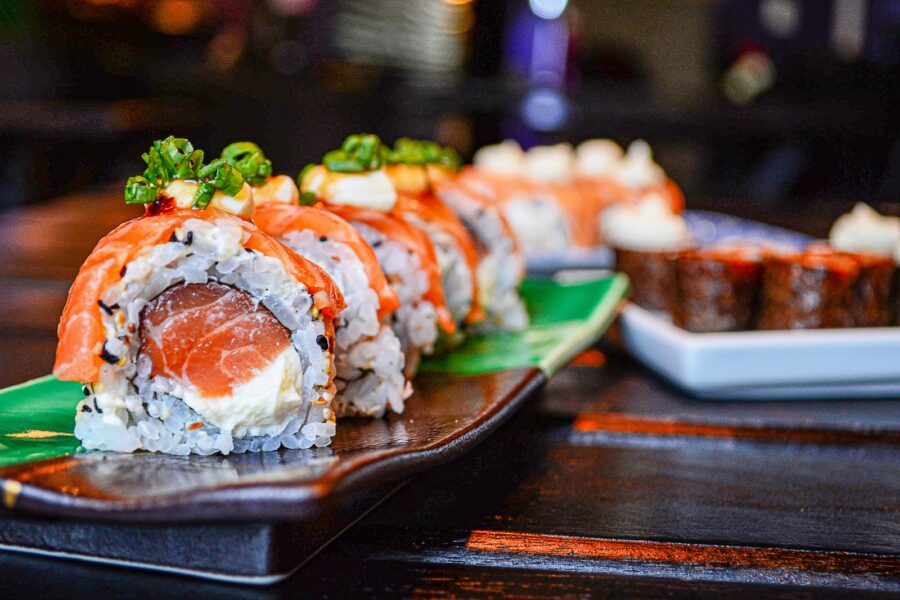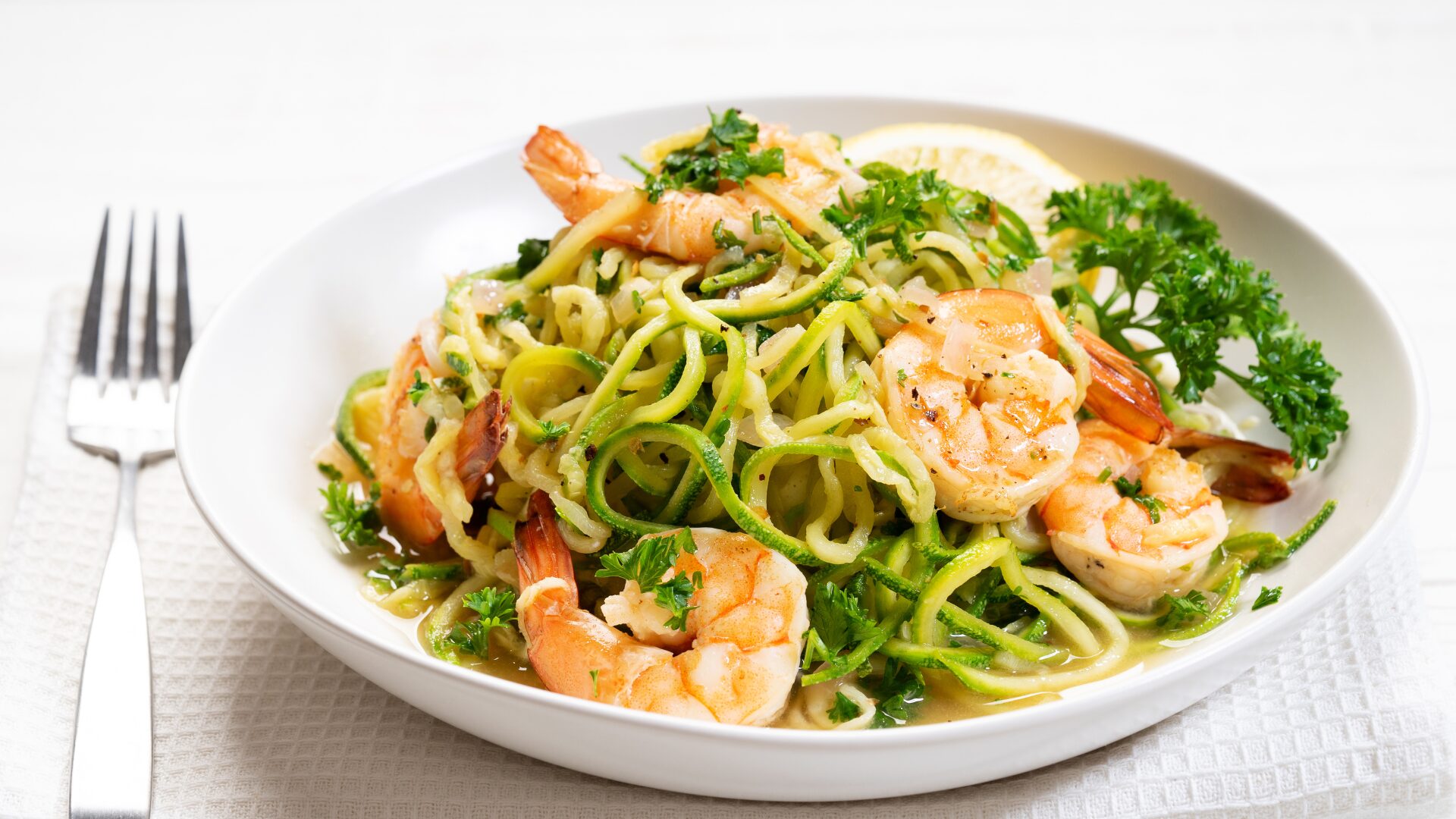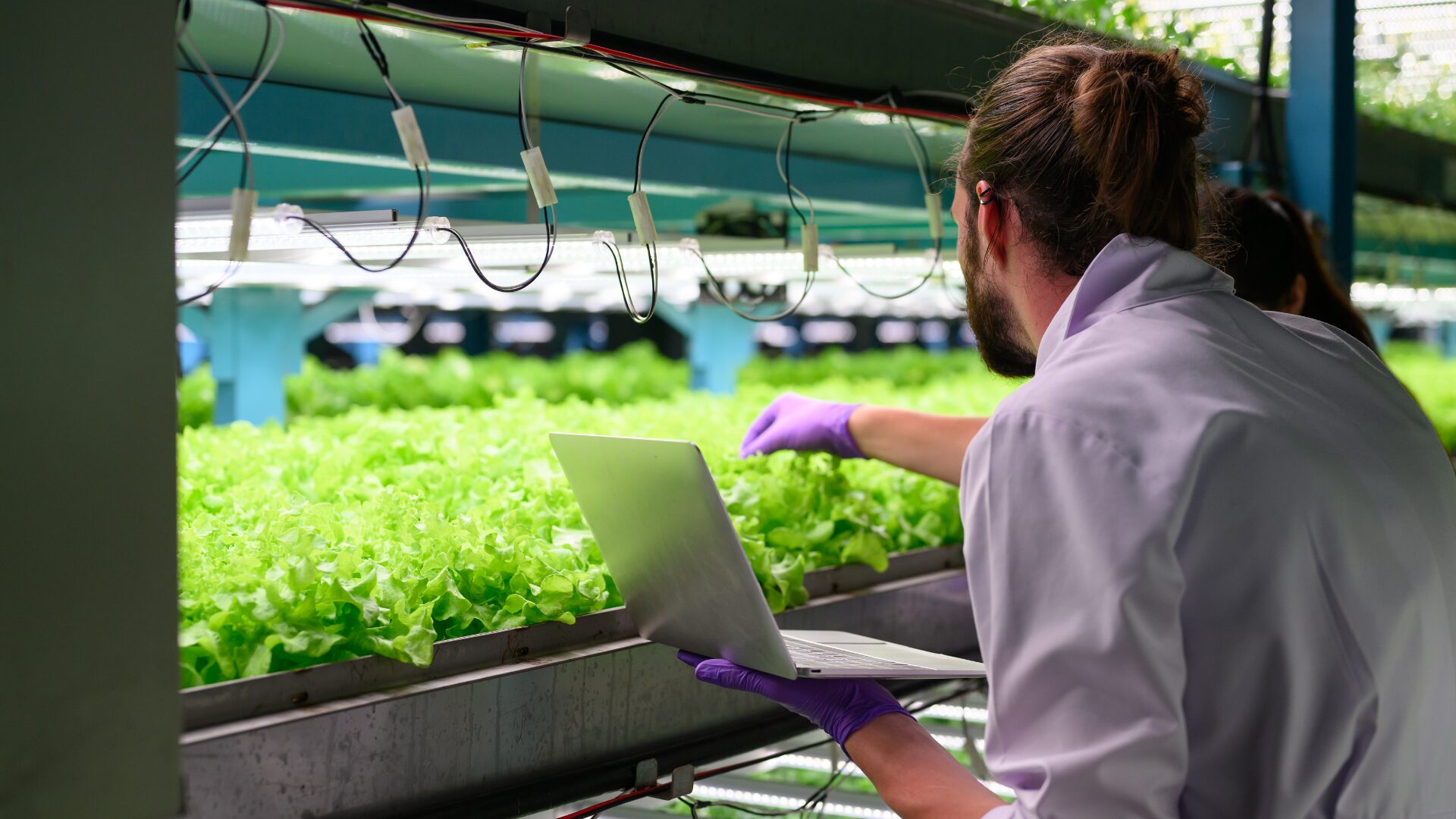Sushi rolls have evolved into bowls and stacks captivating social media audiences as traditional omakase prices soar. Technology continues to appease the fast casual crowd.
Domestic and global sushi markets are expanding by billions of dollars.
In the U.S., sushi restaurants are expected to earn $27.5 billion this year, increasing almost 24% after five years of 4.6% annual growth, according to IBISWorld. The global sushi restaurant market grew 2.3% year over year in 2021, a Technavio analysis found, led by China and Japan.
But the global supply chain crisis is impacting all restaurants, including Japan’s biggest sushi chain, Sushiro, which announced its first price increase since 1984. Sushi was as expensive as ever in March, Bloomberg found, with omakase offerings from $130 to $950 per person.
TOP DISTRIBUTION METHODS
While Americans tend to reserve omakase restaurants for special occasions, which ebb and flow with the state of disposable income, delivery offers an alternative. Japanese was the third most popular cuisine on DoorDash in Q1, and Grubhub tells The Food Institute that New York, Chicago and Los Angeles lead the country in sushi orders.
Brick and mortar sushi bars have thrived with technology trends, from conveyor belts to robotics. Kura Sushi delivers orders with a robot following self-ordering and checkout, Fast Casual reported. Japanese chain Kura Revolving Sushi Bar has grown to 500 locations, including 37 in the U.S., with technology touchpoints from checking in for a table to returning finished plates. Diners can peruse dishes on one conveyor belt and have their orders delivered to the table on another.
Novelties from sushi vending machines to sushi rice-making robots in Japan could be next, and Chile’s even 3D printing seaweed. Expect to hear more about regenerative ocean farms making sustainable sushi ingredients, from seaweed to shellfish.
MARINE PROTEIN
Of course, the sushi market isn’t immune to the plant-based wave. Fast-casual chain Beyond Sushi debuted plant-based sushi rolls in New York City in 2012 and has grown to four locations and catering. Whole Foods was serving alternative tuna Ahini for vegan sushi in New York and Los Angeles as early as 2017.
Protein sources are diversifying: The Plant Based Seafood Co. began offering animal-free shrimp in 2020, the same year sustainable startup Good Catch launched plant-based tuna at more than 4,500 U.S. retailers.
The Food Institute recently shared other sustainable solutions supplying seafood, like BlueNalu’s lab-grown fish, and Finless Foods is marketing cell-cultured tuna that’s comparable to sushi-grade.
SIGNS OF GROWTH
Rock N Roll Sushi has grown from Mobile, Alabama, to more than 50 locations in the Southeast, and announced 25 Colorado locations to come this week via RestaurantNews.com. In South Florida, Sushi Maki has grown to 24 fast-casual locations in addition to its CPG, per Nation’s Restaurant News.
The sector’s seen ghost kitchen success with C3 (Creating Culinary Communities) launching delivery-only sushi from Krispy Rice in California in 2020, which has expanded to 22 locations in eight states and partners with Friday’s, NRN reported.
Among full-service restaurants, New York’s prominent Blue Ribbon Sushi expanded to Boston in June, and San Francisco has its first hand rolled sushi bar, according to Forbes.
VARIATIONS TREND
Poke bowls, basically deconstructed sushi, saw the most delivery growth on Doordash last summer — 79% more orders than that winter — and chirashi bowls are popular for speed and ease, according to The Guardian.
Meanwhile, sushi stacks, salmon rice bowls, and casserole-esque sushi bakes are trending on TikTok, with millions of video views.












